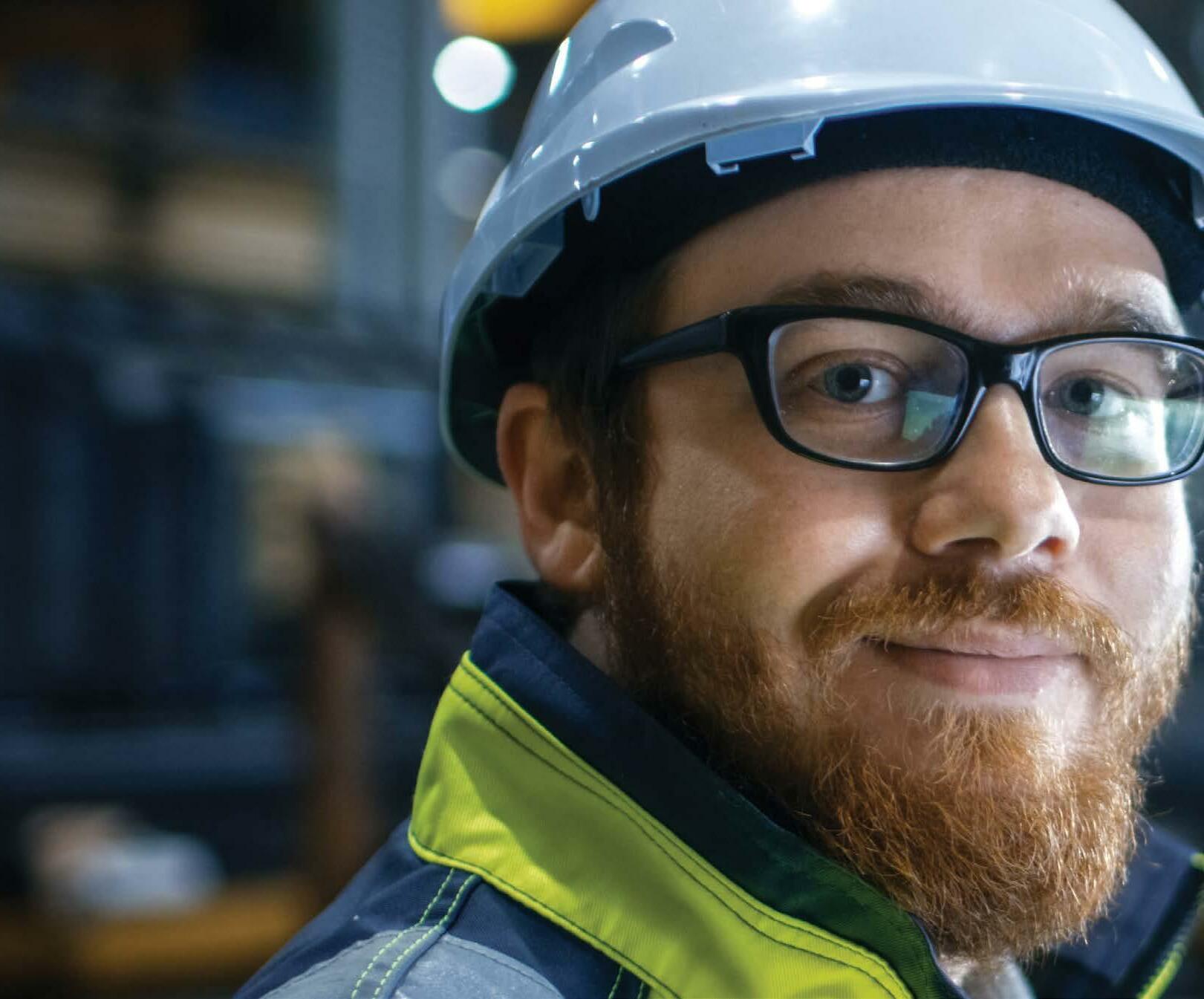
4 minute read
Take a tour
It’s the size of Phillip Island, a refuge for some of the world’s rarest bird and frog species, was added to the Victorian Heritage Register in 2021 and is a leader in sustainable sewerage treatment and the production of recycled water.

Advertisement


The Western Treatment Plant is often referred to as one of Victoria’s hidden treasures. And not just because it is an amazing habitat. “The Western Treatment Plant sustainably treats more than 182,500 million litres of sewage a year, or more than half of Melbourne’s sewage, using a combination of mechanised treatment and a series of large ponds called lagoons,” explains Alanna Wright, Manager Western Treatment Plant and Sewerage Transfer. “Sewage flows slowly through these lagoons, gradually becoming clearer as bacteria break down the organic material in the water. Some of the lagoons have large plastic covers, about four times the size of the MCG, which are designed to keep out oxygen. These plastic covers also capture biogas that is produced by the bacteria.” The Western Treatment Plant’s history dates all the way back to 1897, when the first homes were connected to what was then known as the Metropolitan Farm in Werribee. Its low-energy sewage treatment process takes about 30 to 35 days to produce Class C recycled water. Ultraviolet light and chlorine can be used to further disinfect the water to reach Class A standard. Each year, the plant produces 40 billion litres of recycled water. Alanna says that recycled water is vital for Melbourne’s future, as population growth and climate change create a ‘new normal’ for water storage levels. “In a changing climate that is becoming hotter and drier, it is going to be increasingly important to have recycled water available for the environment,” she says. “We can use recycled water to water parks, sporting fields, gardens and for other non-potable uses. This helps take pressure off our precious drinking water supplies. “Class C recycled water is used on site for agricultural, environmental and conservation purposes. Class A recycled water is supplied to offsite customers for agricultural irrigation, parks and gardens as well as in cooling towers and third pipe systems.” The Plant is also part of the circular economy, capturing biogas in the covered lagoons and converting it to renewable energy. Approximately 70,000 megawatt hours of renewable electricity is generated each year, which is currently 85 per cent of the Western Treatment Plant’s electricity needs. Alanna says a recent upgrade will generate more than 100 per cent of the site’s needs – with the excess to be exported to the grid. “This reduces the plant’s greenhouse gas emissions by about 500,000 tonnes of carbon dioxide annually and keeps energy costs down,” she says. “We also have an active program of re-using biosolids, the solid organic material created as a result of the sewage treatment process. Governed by some of the strictest guidelines in the world, the re-use of biosolids is being trialled offsite to improve the soil of agricultural farmland in western Victoria.”
In 1983, the site was declared an internationally-significant wetland for waterfowl under the Ramsar Convention. Its variety of habitats continue to make it one of the country’s best sites for birdwatching. “The site provides an amazing habitat for birds thanks to a variety of landforms, lots of different tree and plant species, permanent water supply and plenty of insects to eat. A number of threatened species can even be found there including the brolga, orange bellied parrot and the red kneed dotterel,” says Alanna. Melbourne Water, which operates the Western Treatment Plant, estimates that the amount of sewage that needs to be processed could almost double by 2050. Alanna says the organisation has a vision for a resilient and adaptable sewerage system that supports thriving, healthy communities and a liveable flourishing environment. “We are already working on how to achieve that and have collaborated with Melbourne’s water retailers to develop an ambitious 50-year strategy which sets the direction for wastewater management,” she says. “Without improvements and innovations, that enormous sewerage network would reach capacity and our waste would impact on the health of our environment. Keeping our city healthy is essential to our way of life today, tomorrow and for generations to come.” And what of the role that the plumbing industry plays in the effectiveness of the Western Treatment Plant?
“One of the main challenges in wastewater treatment is peak wet weather flows when the flow received by the plant can increase fourfold. Plumbers play a key role in minimising this by ensuring that only sewage is connected to the sewerage system while downpipes are directed to the stormwater system,” explains Alanna. “Plumbers also play a role in educating the community around what can and can’t go down the toilet or sink to help prevent contamination or sewer spills. “We encourage plumbers to follow the new Western Treatment Plant Online Community Hub to keep up to date with the latest news - you’ll also be the first to know when we run community tours, open days and when we want your thoughts on the future of the site.”










